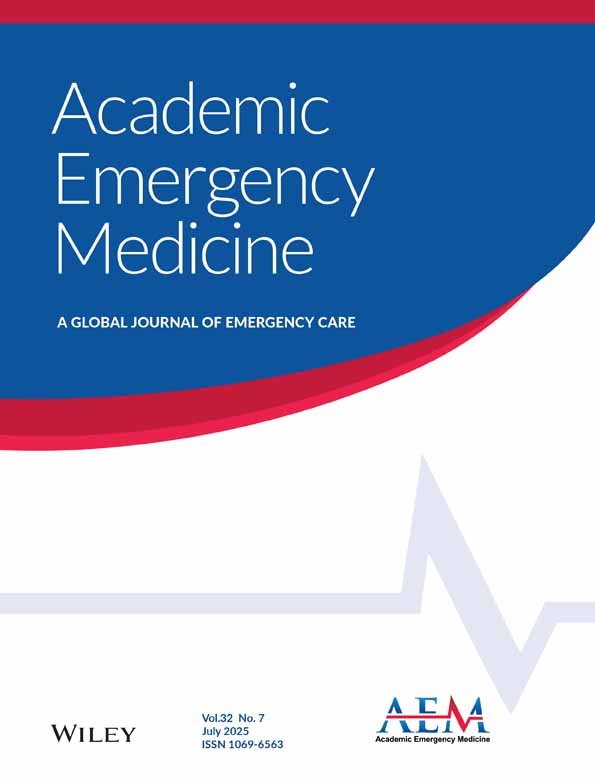Improving benign paroxysmal positional vertigo management in the emergency department: A longitudinal study post–GRACE-3
NCT registration: 06314581.
Supervising Editor: Kabir Yadav
Abstract
Background
Vertigo is a priority for training and decision support in emergency departments (ED). Benign paroxysmal positional vertigo (BPPV), though manageable at bedside, remains frequently underdiagnosed and undertreated. This study assessed the effectiveness of a two-tiered educational intervention on posterior and horizontal BPPV management in the ED setting.
Methods
Longitudinal program evaluation study conducted over a year in a French ED, following GRACE-3 guidelines, involving patients with triggered episodic vestibular syndrome or brief vertigo without nystagmus. Two 6-month periods were compared: before (control cohort) and after (intervention cohort) an educational intervention of standardized training and an online decision support tool. The primary outcome was the prevalence of evidence-based BPPV diagnoses.
Results
Of the 382 patients included, 166 were in the control cohort (43.5%) and 216 were in the intervention cohort (56.5%). The intervention cohort had a higher rate of evidence-based BPPV diagnoses compared to the control cohort (38.0% vs. 16.9%), with an effect size of 21.1 (95% confidence interval [CI] 11.5–29.6, p < 0.0001). Canalith repositioning maneuvers were performed more frequently in the intervention cohort (90.2% vs. 57.7%), with an effect size of 33.1 (95% CI 13.2–53.1). Posttreatment tests showed a nonsignificant difference of 79.5% of intervention cohort patients testing negative versus 75.0% in the control cohort. ED length of stay was shorter in the intervention cohort (137 min vs. 247 min), with an effect size of −109.5 (95% CI −154.0 to −65.0). ED revisits within 1 month were similar (2.3% vs. 1.2%). During the intervention period, clinicians' satisfaction was correlated with the effectiveness of their clinical management.
Conclusions
A standardized educational intervention demonstrated enhancing BPPV screening and improved evidence-based diagnosis, showing promise of more efficient treatment in the ED. Further multicenter studies are warranted to evaluate impacts on patient-reported outcomes and resource optimization.
CONFLICT OF INTEREST STATEMENT
The authors declare no conflicts of interest.
Open Research
DATA AVAILABILITY STATEMENT
The data that support the findings of this study are available from the corresponding author upon reasonable request.




